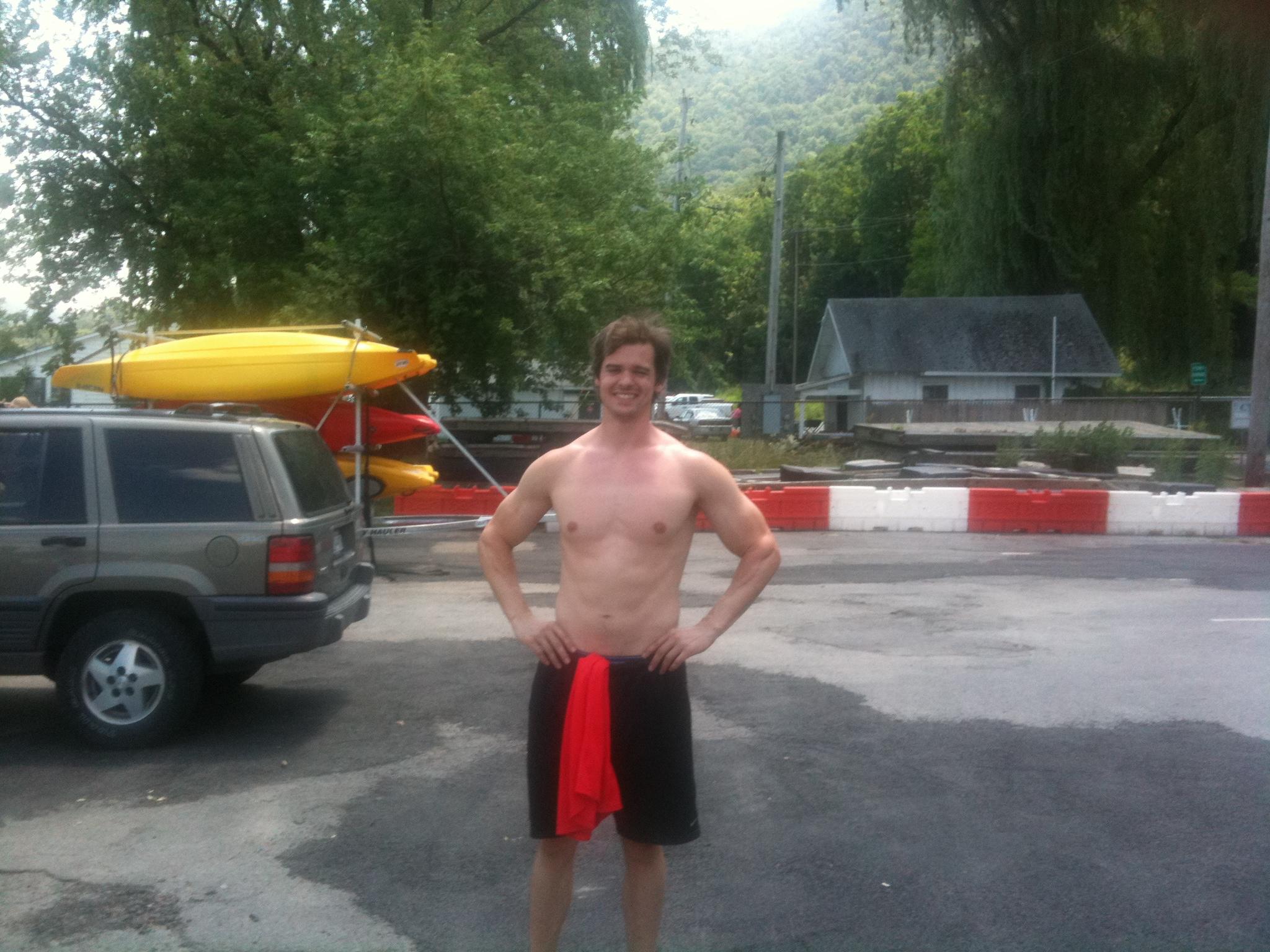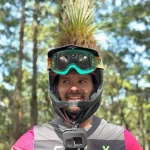
I spent this whole weekend kayaking on the Hudson river up near West Point Military Academy. Most people think that kayaking is just sitting in a boat paddling away, but this weekend I learned that kayaking is much, much more. The truth is that my kayaking career began when I entered a triathlon that included a kayaking leg instead of the usual swim. That’s when I realized that there was something to this kayaking thing that I just didn’t understand. Being a strong endurance athlete I knew there was something wrong when I finished the kayaking leg of the race third from the last position, and I didn’t stop to rest at all during the kayaking leg. After that event I told myself that I would learn how to kayak correctly, and that led me into this weekend.
The first day of my training weekend was a 3-hour kayaking tour where we basically just went out and paddled around for 3 hours in the hot sun. Just being in the boat again was a learning experience.
Day 2
The second day was a kayaking course. Maybe it was a bad idea, but I was so inspired by one of my CrossFit friends that I got up early to attempt 1-4 rep overhead squats before hopping in the car to make the trip back up the Palisades Highway toward West Point. (The overhead squats made me feel like a complete weakling, and I also learned that you should be training at a gym where it’s cool to drop weights from the overhead position if you’re going to be letting the weights crash to the floor on purpose.) Getting out of the car at the kayaking launch I could feel my tight prickly skin, caused by spending 3 hours in the sun the day before. The course started with an overview (on land) of what we were going to learn during the day, and what we should always have with us when leading a group of kayakers.

Once we were out on the water we learned different strokes to keep the boat straight, turn the boat, stop the boat, reverse the boat, and move the boat sideways. You would think that these strokes could be learned just messing around, but it’s so much easier to learn with good instruction. We also learned wet exits and wet entries. This training was invaluable. The sun was hot, so when the instructor asked who wanted to get wet I jumped on the opportunity. The water felt great, and I learned how to get back into my kayak using the help of another kayaker (which is pretty easy once you know the technique). After learning these skills I would suggest that every kayaker take a course on how to do wet exits and entries. The confidence that I gained from knowing how to get someone back into his or her boat after dunking is great. After the 6 hour day was finished my muscles were burning, and I felt pumped to keep on learning more advanced kayaking skills in future courses!

